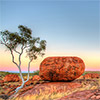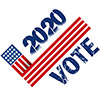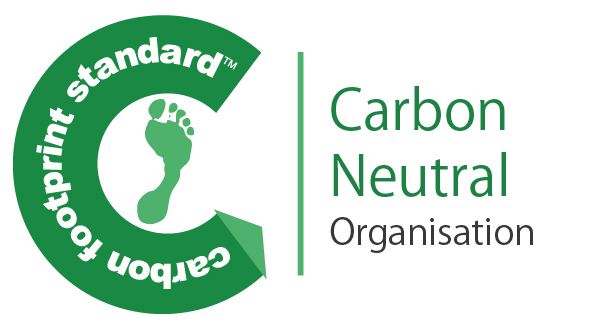Fixed Income
Australian Fixed Income Monthly – October 2020
The Australian bond market (as measured by the Bloomberg AusBond Composite 0+ Yr Index) returned 0.28% over the month. The yield curve steepened as 3-year government bond yields ended the month 4 basis points (bps) lower at 0.12%, while 10-year government bond yields rose by 4 bps to 0.83%. Short-term bank bill rates were all lower.
US presidential election – Nikko AM’s views
In order to gain a range of perspectives on the US presidential election, Nikko Asset Management has gathered the views of the following experts and investment teams, representing many of our major asset classes and geographical regions.
Global credit quarterly
The strategy’s performance continued to recover during the last quarter. The strategy’s relative and absolute performances are now positive. Strong results in the banking sector, in particular the lower part of the capital structure (i.e. T2 and AT1 bonds) were a strong driver of the rebound.
Trump vs Biden: Can the best man win?
We suspect that many investors have become accustomed to a seemingly synchronized world with relatively little currency volatility – in a sense over recent years we seem almost to have been back in the 1960s, a period during which moves in exchange rates were quite rare and there was essentially a single synchronized global economic cycle.
Adapting to the “new normal”: Japan’s paradox
With the global outbreak of COVID-19 in the first half of 2020, the world was turned upside down. Under such circumstances, Japanese companies are now faced with new challenges to adapt to this “new normal”.
Asian Fixed Income Monthly - September 2020
US Treasury (UST) yields traded in a narrow range during the month. Factors such as the second wave of COVID-19 infections in Europe, lingering volatility in US equities and continued lack of consensus on further fiscal support weighed on market sentiment.
Multi-asset monthly - October 2020
October 2020 Second and third waves of the virus will also slow the recovery. But importantly, mortality rates have been lower, suggesting that the world continues to learn to live with the virus without requiring broad lockdowns.
The new age of credit research
We believe our active approach to credit investing allows us to better serve clients, as indiscriminate waves of downgrades following the turbulence that has rattled global financial markets this year presents us with compelling opportunities.
Australian Fixed Income Monthly – September 2020
The Australian bond market (as measured by the Bloomberg AusBond Composite 0+ Yr Index) returned 1.08% over the month.












